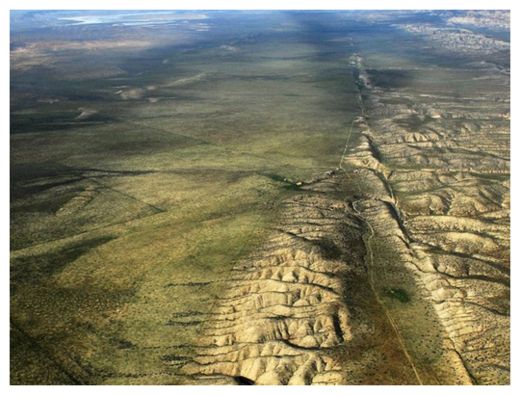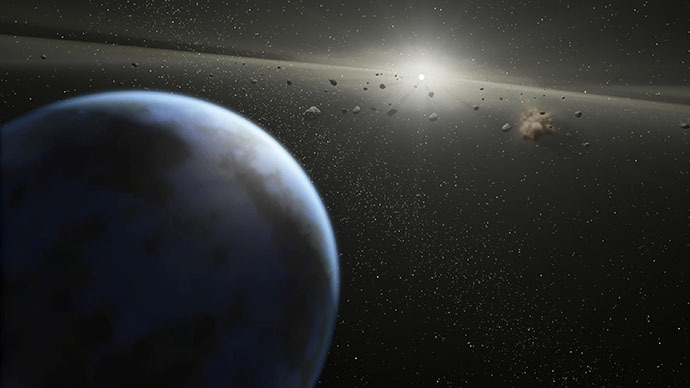
© Library Thinkquest OrgBall lightning is a phenomenon where a luminous sphere, only several centimeters in diameter, floats through the air near the ground. It lasts a few seconds, and then dissipates or explodes.
A team from Northwestern University of China, led by Professor Sen Jian Yong conducted observations in the highlands of Tibet.
During a severe thunderstorm, they witnessed the emergence of a giant fireball, about five meters in diameter, and managed to measure the chemical composition of its basic elements with a spectrometer.
Chinese scientists were able to investigate the chemical makeup of the main elements of ball lightning.According to "Rossiyskaya Gazeta" such substances as
silicon, iron and calcium are common in soil. On this basis, the Chinese physicists said that they were able to confirm the hypothesis of the New Zealand scientist John Abrahamson, who suggested that when lightning strikes the ground the sudden rise in temperature
makes the soil eliminate oxides of silicon, iron and other elements.
A shock wave throws resulting gas into the air, forming a ball. According to Chinese physicists, the mystery ball of lightning has been uncovered. Another interesting fact was found as well. The fluctuations of ball lightning are about 100 hertz,
though they are supposed to be half as less. It is
possible that an extra 50 hertz could have been added by those located nearby power lines.
One of the leading Russian experts in studying the phenomenon of ball lightning, Doctor of Physics and Mathematics of Moscow State University, Vladimir Bychkov is convinced that Chinese scientists have
not received conclusive evidence about the origin of ball lightning striking in normal soil. Bychkov is not alone in his doubts. Thus, the world's authoritative scientific journal
Nature refused to publish an article by the Chinese scholars, it came out in a less prestigious publication.
According to Professor Bychkov, the situation with ball lightning has remained virtually unchanged for many years. Today there are hundreds of theories that explain its origin. Many famous scientists offered their version, in particular, the Nobel Prize winner Pyotr Kapitsa. However, so far no theory has become increasingly accepted.
Comment: The Chinese researchers' findings are interesting, but probably don't fully explain ball lightning phenomena. Mainstream scientists refuse to accept that their theories do not provide very good explanations for all sorts of atmospheric phenomena, from noctilucent clouds and lightning to hurricanes and tornadoes. Electric universe theory, however, provides rational, intelligible explanations for these phenomena, as Pierre Lescaudron and Laura Knight-Jadczyk show in their book,
Earth Changes and the Human-Cosmic Connection. Ball lightning is probably no different.



Comment: Looks like the word is getting out.